Top 10 Most Expensive Essential Oils In The World
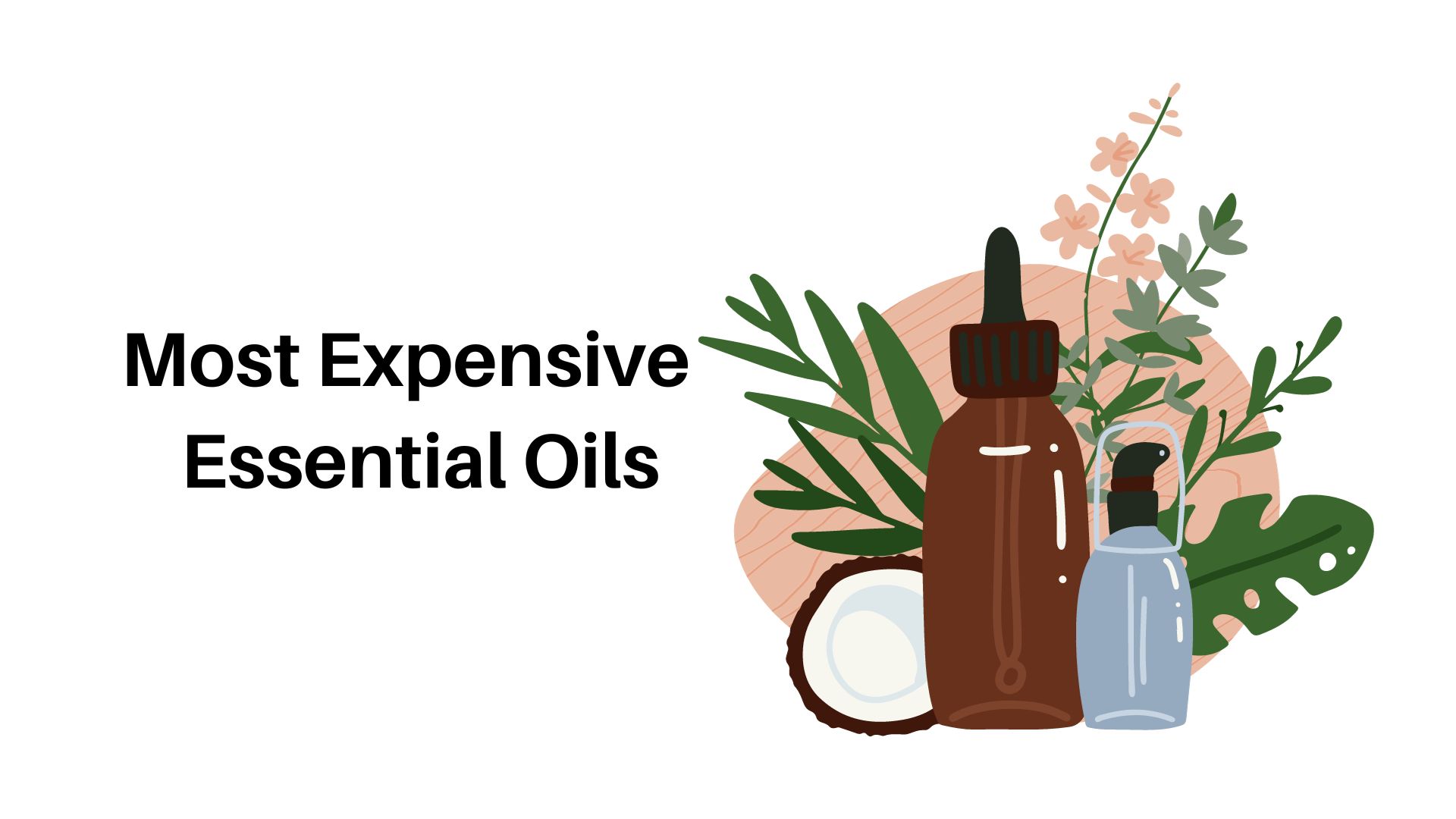
Page Contents
Most Expensive Essential Oils: Essential oils are fragrant, supersaturated fluids extracted from different parts of plants such as leaves, blossoms, and bases. They're produced through techniques such as cold pressing or steam distillation and used in aromatherapy due to their potential to enhance mental and physical well-being.
Essential oils may be applied topically, inhaled, or swallowed – though using them orally requires caution. Chamomile, rosemary, and tea tree oil are some common essential oils with known therapeutic purposes and beneficial properties.
History of Essential Oils
Essential oils have been used therapeutically for millennia in ancient societies like Egypt, India, and China. Egyptians used them in grooming, burial, and religious rites; information regarding this usage can be found in the famed Ebers Papyrus which dates from 1500 BCE. Ayurveda's holistic approach to healing included essential oil application which was documented in Charaka Samhita – an ancient Indian medical treatise from 1500 CE that addressed various diseases.
Essential oils were long used in traditional Chinese medicine to promote psychological and emotional well-being. In 100 BCE, The Yellow Monarch's Classic of Internal Medicine, which detailed how to utilize essential oils for massaging and acupressure, was published.
During the Medieval Era; essential oils became widely used throughout Europe for aesthetic and medicinal purposes. Not only that but many ailments could also be treated using essential oils.
Rene-Maurice Gattefosse; a French chemist, accidentally discovered the healing powers of lavender oil while treating a burn on his palm in the late nineteenth century. This spurred a further scientific investigation into essential oils and aromatherapy's growing acceptance today.
Essential oils have become increasingly popular in recent years for their medicinal effects and as cosmetic and home goods ingredients. The growing acceptance of essential oils as a supplemental therapy for various ailments has been attributed to the growth of alternative medical treatments and holistic cures that utilize essential oils.
Types of Essential Oils
- Jasmine
- Lavender
- Eucalyptus
- Lemongrass
- Tea tree
- Chamomile
- Rosemary
- Bergamot
- Frankincense
- Ylang
Popular Brands
- Young Living
- Rocky Mountain Oils
- NOW
- Edens Garden
- Plant Therapy
- doTERRA
- Aura Cacia
Uses of Essential Oils
- Essential oils have long been used medically, such as for behavioral therapy, stress reduction, and meditation.
- Due to their pleasant smell and attractive effects, essential oils have become popular ingredients in cosmetic products like cleansers, creams, and conditioners.
- Many essential oils naturally possess antimicrobial and antifungal properties, making them ideal for cleaning and disinfecting surfaces.
- Since ancient times, people have utilized essential oils for their medicinal effects – including relieving irritation, relieving pain, and boosting immunity.
- Essential oils have the unique ability to prevent wrinkles and rejuvenate skin, making them popular in cosmetic products like face oils and skincare items.
- Insect bites from ticks or mosquitos can also be deterred using certain essential oils like citronella and jasmine, due to their antibacterial and disinfectant properties.
- Certain essential oils, such as citrus and minty, can be used in baking and cookery to enhance the flavor and aroma of food.
Benefits of Essential Oils
- Research has demonstrated that some essential oils, such as lavender and chamomile, have a calming effect on the brain and heart, helping to reduce anxiety and nervousness.
- Evidence suggests that several essential oils, including bergamot and lemon, may improve moods and lessen the signs and symptoms associated with depression and anxiety.
- Essential oils like minty and eucalyptus have long been used for decades to alleviate discomfort and reduce body inflammation.
- Essential oils such as lavender and valerian have long been known to induce a state of serenity, improving sleep quality.
- Lavender oil, tea tree oil, and chamomile have long been used for their soothing and healing properties on skin issues like pimples and dermatitis.
- Essential oils such as eucalyptus and peppermint have long been used to combat respiratory illnesses like asthma and seasonal allergies by providing an inhaled steroid effect.
The Popularity of Essential Oils
Essential oil use has seen a meteoric rise in recent years as more people turn to natural remedies for physical and mental well-being. According to Grand View Research's survey; the global essential oil market is forecasted to reach USD 27 billion by 2022.
Essential oils have a wide variety of uses; from meditation and personal services to food preparation and cleaning. People have reported finding them beneficial for both mental and physical well-being; they provide a healthy alternative to synthetic scents and corrosives.
Essential oils have become increasingly popular due to the growth in complementary and natural treatments for health concerns. Not only are they utilized in natural therapies for various illnesses, but essential oils can also be combined with techniques like yoga, relaxation, and acupuncture.
Social networks and phrase advertising have further cemented the popularity of essential oils, with bloggers and other influential people championing their use for various purposes. While essential oils offer numerous advantages, caution must always be exercised; some can be hazardous if consumed incorrectly, so some individuals should not utilize them at all.
Why Essential Oils Are Expensive?
- Due to their rarity and difficulty in sourcing, some species used in essential oils can only be found in certain geographical areas. Prices may also fluctuate depending on the quality of plants used for production; sustainable and ethically sourced plants may cost more to grow but provide oils of greater quality.
- The cost of essential oils may also be determined by their extraction process. Certain oils require laborious and sophisticated processes like hydrodistillation or compression molding, which could increase prices significantly.
- Essential oils are highly concentrated plant extracts, meaning a lot of organic material may be necessary to make even a small amount. For instance, lavender oil can be expensive due to the fact that up to 220 pounds of lavender buds may be necessary to create one ounce of oil.
- Essential oil prices can also be affected by the cost of distribution and manufacturing. Bulky packaging supplies, like dark glass jars, help safeguard oils from deterioration but may raise their price. Furthermore, production processes often involve multiple middlemen who all overcharge for their services.
- Premium essential oils must undergo rigorous quality assurance checks, such as screening for effectiveness and purity, which add to the manufacturing costs and may ultimately raise the price of the finished good.
- Due to shipping expenses and other variables, some essential oils can be more costly due to being produced only in certain places around the world. For instance, shipping frankincense essential oil abroad might prove expensive since it's primarily produced in Somalia or Oman.
Top 10 Most Expensive Essential Oils In The World
- Champaca – Worth $2,200 per oz
- Tuberose – Worth $1,600 per oz
- Frangipani – Worth $1,500 per oz
- Cannabis – Worth $946 per oz
- Agarwood – Worth $850 per oz
- Rose – Worth $800 per oz
- Seawood – Worth $650 per oz
- Elecampane – Worth $560 per oz
- Sandalwood – Worth $492 per oz
- Neroli oil – Worth $354 per oz
#1. Champaca – (Worth $2,200 per oz)
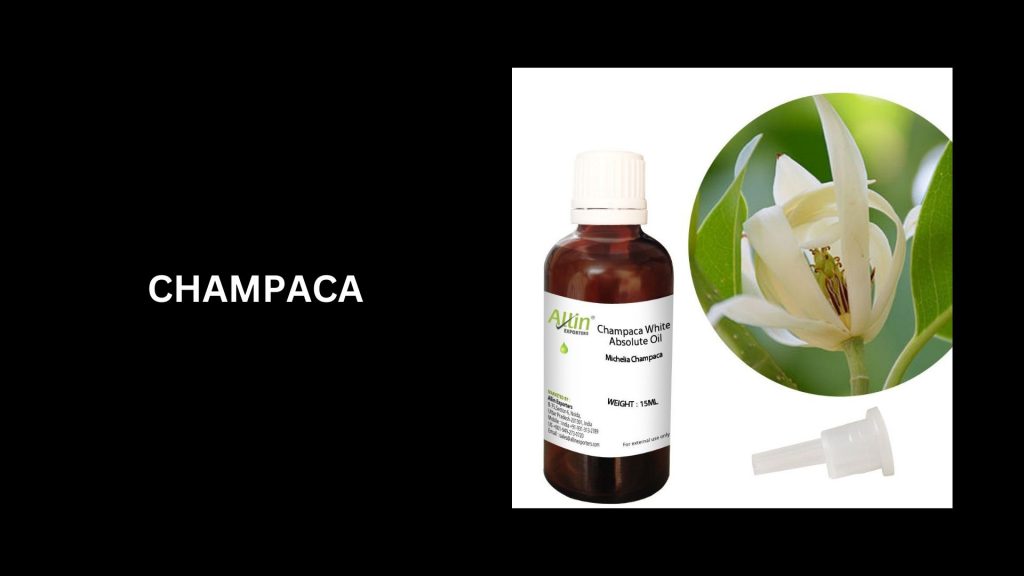
People who can afford luxurious homes will always have access to high-end products like chamomile essential oil. Champaca White can be an effective reliever for depressive symptoms.
Yellow basil essential oil has become widely used pharmaceutically to treat skin issues like pimples and wrinkle reduction due to its sweet citrus tone combined with this flowery note creating an irresistibly seductive scent.
Magnolia and Champa share beautiful white blooms; Champaca has many uses including treating heavy menstruation or menopausal symptoms and is highly valued due to its sensual properties.
#2. Tuberose – (Worth $1,600 per oz)
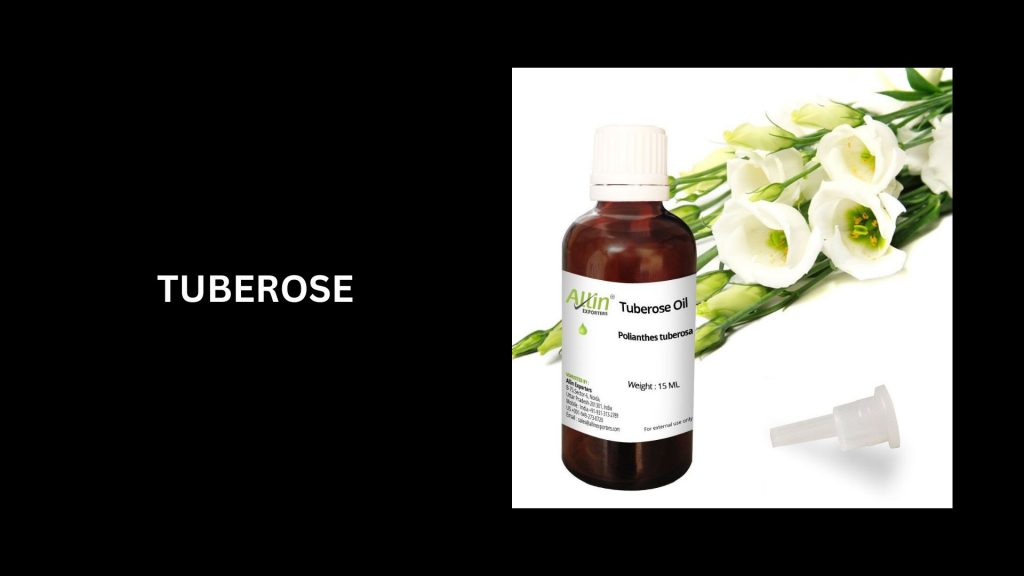
Tuberose oil; made from flowers native to Mexico called tuberose; has many uses and applications. In fact; it was even used by Brazil; Argentina; Uruguay and Paraguay for cookery and soap-making!
Eucalyptus trees from Australia and Indonesia can also be utilized to create this fragrant oil – commonly referred to as eucalyptus oil. But its potent aphrodisiac effect; must not be overlooked – there's more here than meets the eye!
Due to their small stature; tuberose's white or pink blossoms; possess a potent fragrance that may be overwhelming. The extraction process; takes some time but results in an aroma of peach with subtle herbs.
Tuberose essential oil; has long been employed in magic potions to promote mental clarity and clear heads; it also helps relieve inflammation; and cure skin conditions like acne – just like some of the more costly oils mentioned here. Furthermore; tuberose oil; works wonders on dry feet or hands!
#3. Frangipani – (Worth $1,500 per oz)
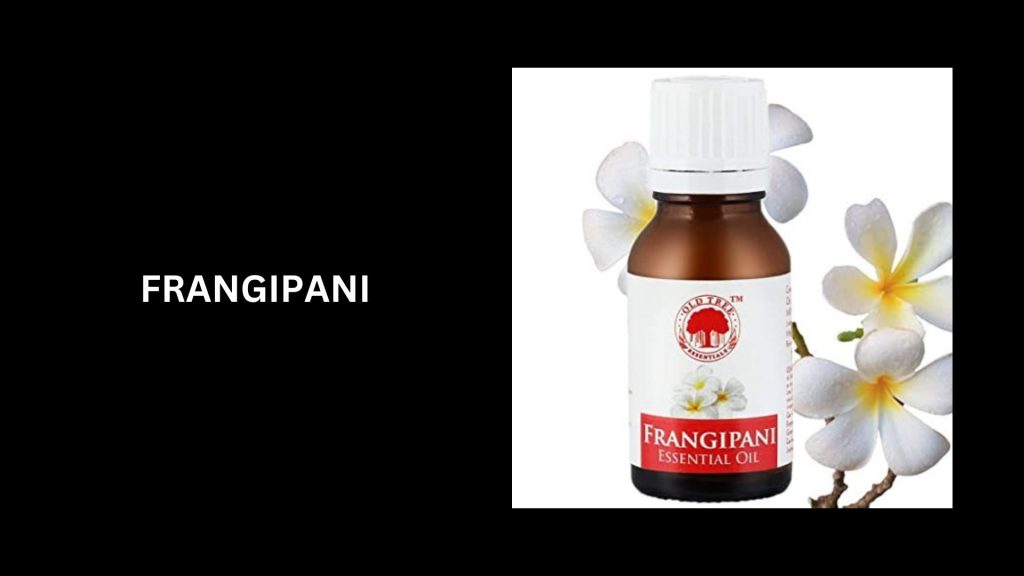
Frangipani essential oil is considered one of the world's finest, featuring spicy undertones to its delightful and fragrant fragrance.
Harvested from its flower, this premium essential oil offers unparalleled purity and scent. With a fragrance like this, elevated fragrance producers often utilize Frangipani oil and other expensive components that can only be found at the most exclusive resorts and retail outlets.
The essential oil of the beautiful blossom “Frangipani” is an internationally recognized perfume that is similar to vanilla or lemon scents; however, its aroma is floral and consistently delivers a lavender-like note for those who appreciate pleasing smells. Studies have demonstrated for decades that this essential oil has relaxing effects and it has often been used for treating tense or anxious disorders.
Frangipani doesn't have a powerful perfume and won't overwhelm you; rather, its fresh, delicate aroma is calming. As such, Frangipani essential oil has become widely used therapeutically.
#4. Cannabis – (Worth $946 per oz)
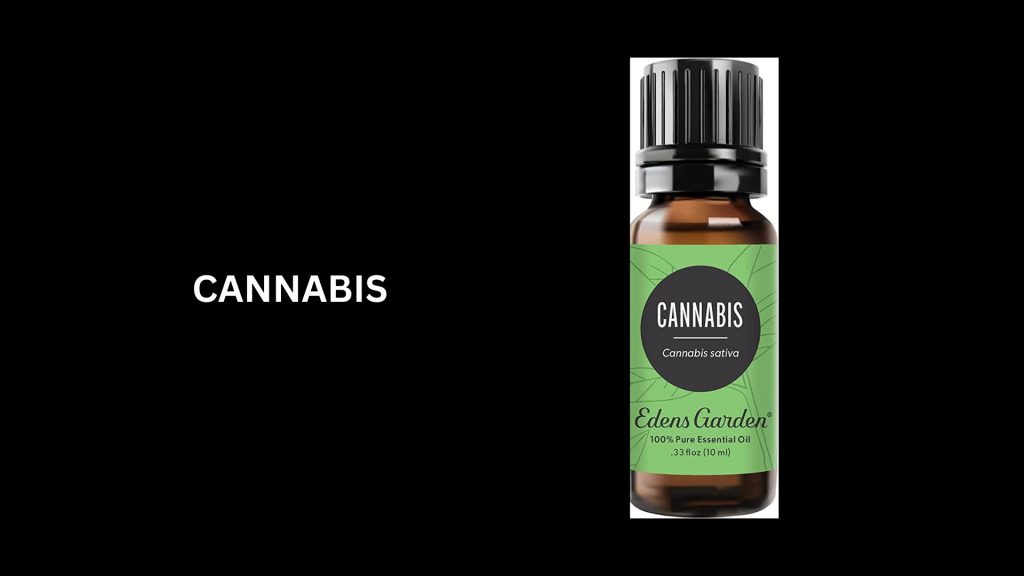
Marijuana; commonly referred to as pot; has gained notoriety both as a medicinal herb and an enjoyable substance. For years; it has been utilized for health reasons due to its strong anti-inflammatory properties which are reported to help with melancholy; tension and pain management.
Marijuana can even reduce symptoms of sickness or vomiting due to its White Crystal form on buds which gives cannabis its special qualities; unlike other species; which need not create White Beads to produce this effect therapeutically.
Cannabis oil production requires more than just growing hemp seedlings to complete the process. The oil must then be harvested; treated and evaluated before both its recreational use as well as medicinal use can be approved.
Cannabis oil has many uses beyond just treating respiratory infections or stimulating hunger – it may even benefit cancer sufferers! Although some of today's biggest rappers may use drugs that are illegal; its therapeutic applications offer it a much broader reach and range of applications than recreational usage alone.
#5. Agarwood -(Worth $850 per oz)
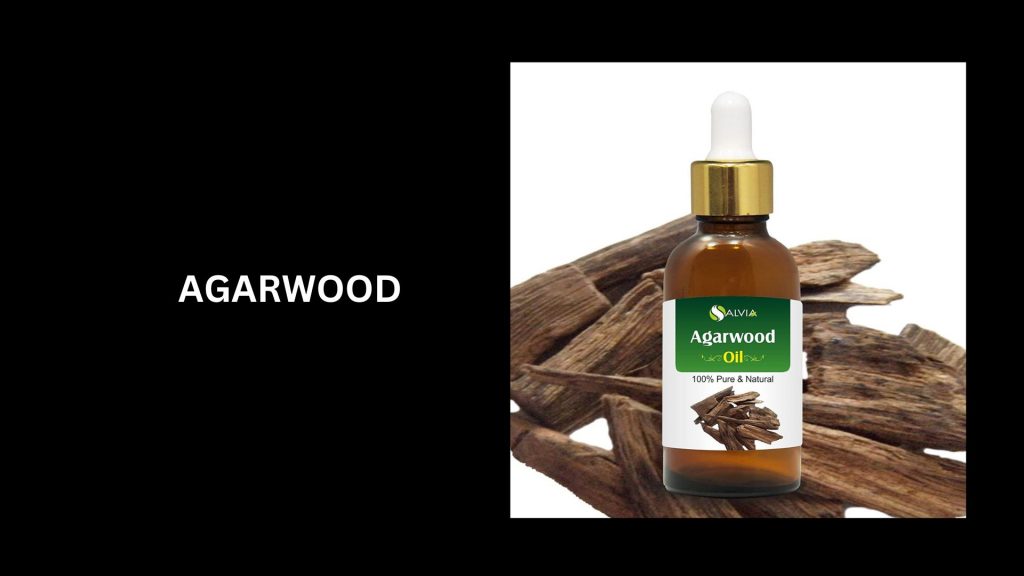
This oil's roots lie in Thailand, where the agarwood tree is a well-known sight. Through steam distillation, this essential oil is extracted from its dark brown liquid source – one ounce of which costs up to 850 dollars!
However, be warned: this essential oil has some of the priciest prices of any essential oil available. Agarwood essential oil offers relaxing effects and is used to treat anxiety disorders and despair. One of its many uses is as a healthy sleeping enhancer; helping to release tension and reduce pain while encouraging relaxation – thus decreasing anxiety levels.
Agarwood requires regular care as it's highly sensitive to external elements like cold, warmth, moisture, and dampness.
#6. Rose – (Worth $800 per oz)
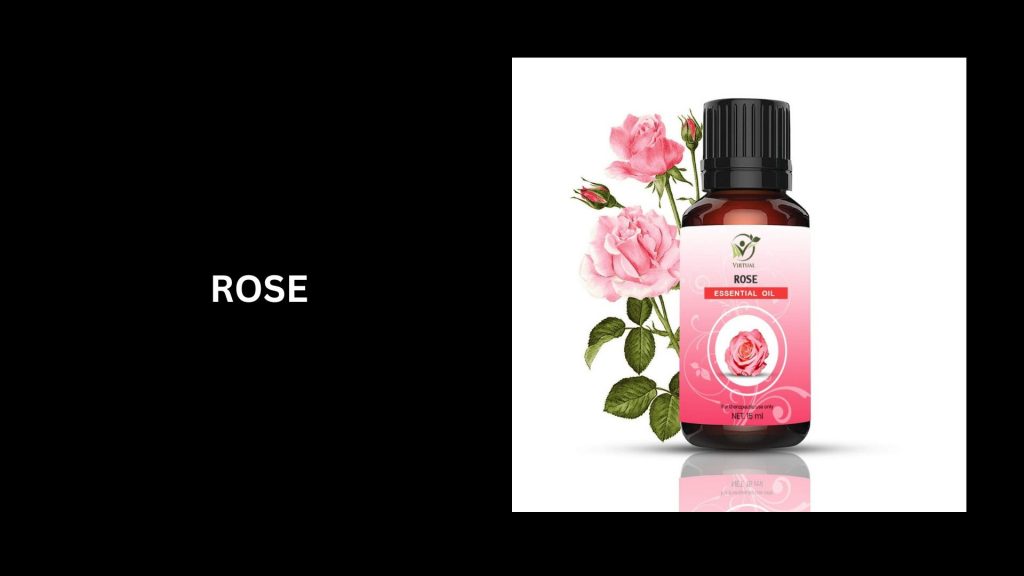
Roses have long been said to have numerous health benefits; such as relaxing nerves and muscles; stimulating metabolism, and sedating the brain.
Crushing and compressing rose blossoms allows the essence within them to be extracted. Before pressing with heat that has been warmed to a specific temperature; clean and brush the petals first; then place them in a press with that temperature set.
Frankincense tree essential oil is ideal for massaging as it has anti-inflammatory effects as well as cardiac problems due to slowing heart rates. With around 30 different rose plant species included in this blend; there's an incredibly high quantity of essential oil present.
The item's unique fragrance may come from large quantities of rosewood ethanol and pink radicals found within.
#7. Seawood – (Worth $650 per oz)
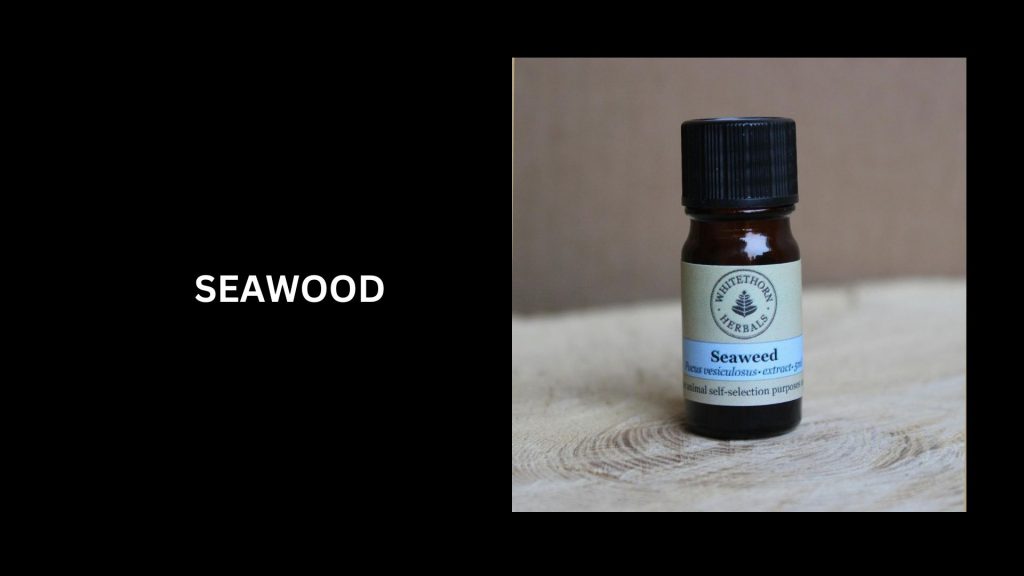
Seaweed's absolute essential oil is derived by extracting seaweed from its shell, and it has numerous health benefits. Not only does it cleanse the body, but it also simplifies digestion while improving heart circulation and functionality as well.
Seaweed is frequently used, particularly in Europe, to produce dog food and medicines. The alloying elements found in seaweed have been recognized for their anti-inflammatory, anti-cancer, and oxidative capabilities. Iodine plays a significant role in creating natural fragrances; when combined with additional plant oils it gives off its deep perfume and body.
Each gram of this essential oil costs $650 if you're interested in stocking it, but there are numerous knockoffs with identical names that cost much less.
#8. Elecampane – (Worth $560 per oz)
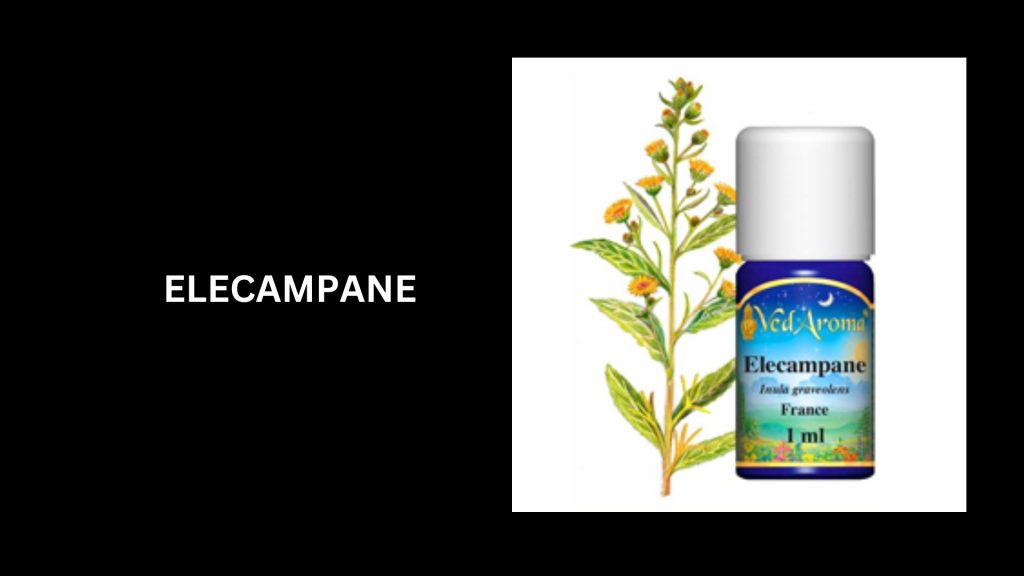
Elecampane essential oil can be found in the sunflower blooms of wild sunflower plants. In the 1800s, French inventors created absinthe – one of the oldest hard liquors.
Though originally intended to treat alcohol problems, its effects are much more pleasant than those caused by alcohol consumption. Elecampane essential oil has long been prized for its stimulating effects on circulation and immunity; some even believe that using it helps recover from fever!
Its leaves and roots have long been used in various ways for metabolic stimulation or cleaning purposes alike.
#9. Sandalwood – (Worth $492 per oz)
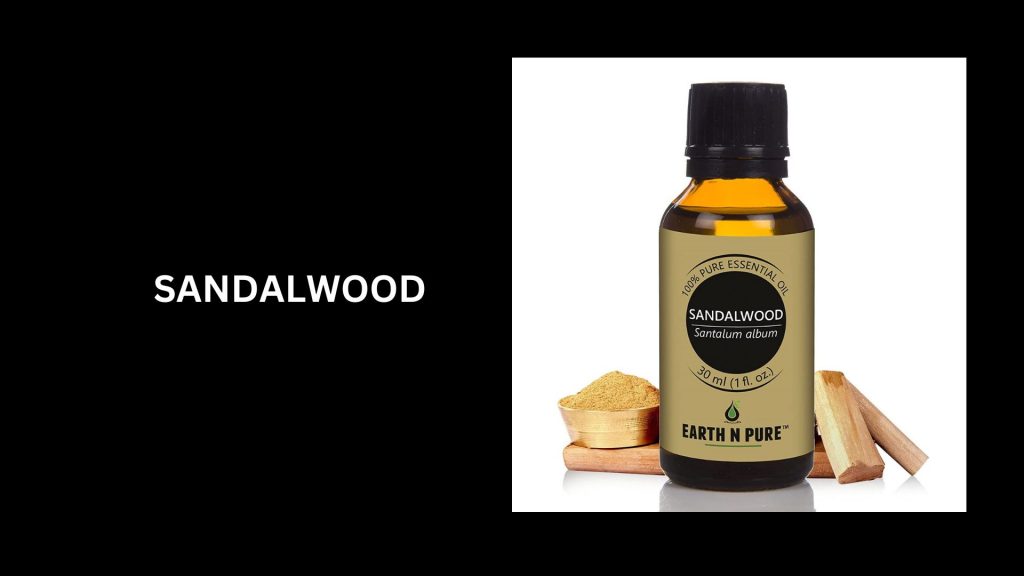
Sandalwood oil; has many uses throughout India and beyond; with some of the most popular ones sold on international markets. Sandalwood oil is one of the five oils most frequently used for massaging to treat influenza and cold symptoms; however; for maximum benefit; it needs to be aged between 40-80 years before reaching full maturity.
Coupled with peppermint; sandalwood oil provides powerful yet long-lasting relief from coughs and colds; however; it comes at a price as most Hindu religious ceremonies use sandalwood crude extract instead. Lord Krishna holds sandalwood to be of great value, using it in various rites and celebrations connected to Lord Shiva. For instance, most Hindu marriages use sandalwood oil which is believed to bring happiness and blessings to newlyweds.
Timber is often used for burning incense during rituals due to its unique aroma. Sandalwood essential oil commands a premium price due to limited production in India, where tree production is restricted.
States enforce stringent regulations regarding tree planting and harvesting practices, yet the sandalwood sector fears these restrictions could hurt India's sales of essential oil.
As more consumers look for natural solutions for ailments like aches and dermatitis, prices for fragrances and other perfumed goods have gone up due to increased consumer demand.
#10. Neroli Oil – (Worth $354 per oz)
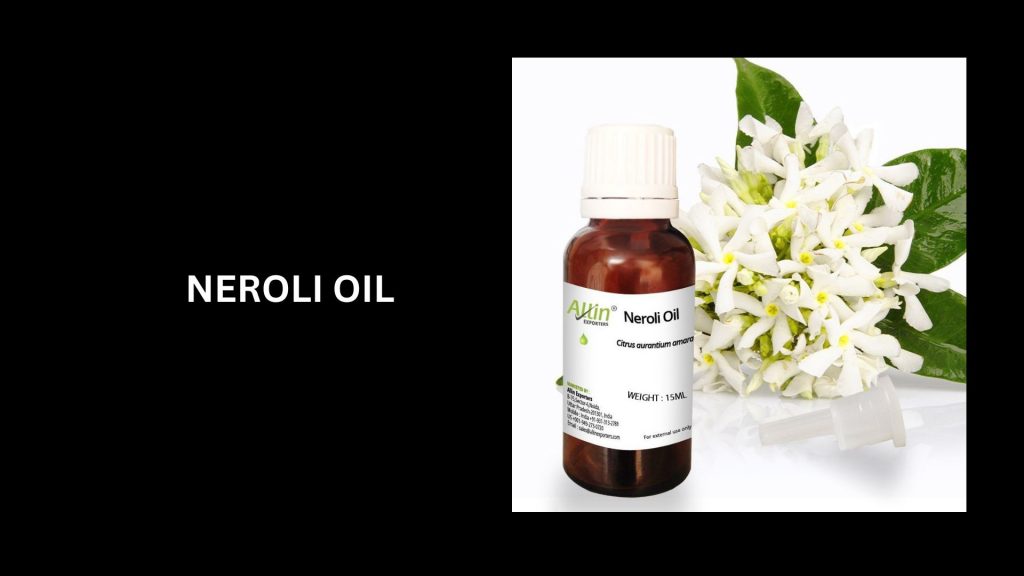
Neroli oil is one of the priciest essential oils on earth; one ounce (28.3 grams) costs $354. It comes from the sour cherry tree's flower and smells delightful; so much so that Queen Nerola of Italy used stinging oranges as a fashionable perfume for hands and bathing for the first time in the 17th century.
Ethyl alcohol is the primary method used to obtain other essential oils. Its delicate scent makes it suitable for fragrance use, though caution should be exercised since overuse may irritate some individuals.
When mixed with other essential oils, however, the aroma becomes stronger; furthermore, cola beverage preparations often feature this oil as one of its flavoring components.
Bottom Line
Since ancient times, people have used essential oils – which are supersaturated plant compounds – for medicinal purposes. These oils come from various plant sections and have been utilized both for their recreational and medical benefits.
It's essential to use essential oils with caution and moderation even though research has suggested they may have benefits such as reducing anxiety/nervousness, elevating mood, and relieving pain. Unalloyed essential oils could potentially be toxic, irritate the skin, or interact negatively with prescription drugs. Therefore, caution must always be exercised when using essential oils.
Many of the benefits claimed for essential oils are unsubstantiated by laboratory evidence. Further investigation is necessary to verify their safety and effectiveness for various uses, even if some studies have yielded promising results.
FAQ.
Since essential oils have such potency, it's best to start slowly. Overuse of essential oils could lead to negative reactions; usually, 1-2 drops are sufficient; more could squander the substance. With time and practice, one may gradually increase their use up to 3-4 per day depending on the particular essential oil.
30/50/20 principle. This simple but effective guideline helps achieve dynamic equilibrium when mixing oils by note, with 20% base notes oils, 30% top notes oils and 50% middle notes oils. With this formula, you'll have your blend composed of 20% base notes oils, 30% top notes oils and 50% middle notes oils.
The most popular method for diluting essential oils is probably mixing them with a carrier oil. Although there are various multiple frequencies oils available, jojoba oil, coconut oil and sweet almond oil tend to be the most widely used due to their convenience and benefits.
Only use essential oils which have been thoroughly evaluated and proven secure when administered to kids older than three; lavender, peppermint, citrus fruits like mandarin or bitter orange, and cinnamon are some examples.

Aditi is an Industry Analyst at Enterprise Apps Today and specializes in statistical analysis, survey research and content writing services. She currently writes articles related to the "most expensive" category.